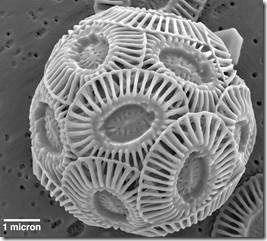by Red Istvan, January 10, 2020 in WUWT
As most WUWT readers know, the issue of carbon sequestration is an important but largely IPCC undiscussed ‘anthropogenic global warming’ question. I got to thinking about it again as a result of the Australian brush fires that are dramatically releasing sequestered brush carbon. And it has been years since the topic was discussed in any depth here at WUWT, insofar as I know.
A cautionary note to WUWT readers. This guest post is a high level review, rather than a typically detailed and highly referenced analytic post on some paper. It is intended mainly to guide your own further research into a fairly complex subject by providing basic concepts and keywords.
Background
There is little doubt that combusting fossil fuel raises atmospheric CO2 in the ‘short term’ at some ‘rate’. This is provable several ways including C12/C13 isotope ratios governed by the differential photosynthetic uptake of the atomically lighter, therefore more ‘reactive’, C12. The experimental proof is simple: as fossil fuel combustion releases more photosynthetically sequestered C12, the residual atmospheric fraction of heavier (so less sequestered) C13 should decline. It does.
The relevant questions for global warming are the meanings of ‘rate’ and ‘short term’. We know the present rate from the Keeling Curve. That curve shows biological sink seasonality (mainly northern hemisphere terrestrial, because plants don’t grow in winter), and surprisingly slight acceleration—much less than the estimated rate of increase in gross CO2emissions from fossil fuel consumption. (Wiki has good illustrations and discussion.) This belies the ‘saturated sinks’ assumption in the Bern sequestration model because the simple gross/net comparison shows carbon sinks must be growing significantly.
We also know from that same Keeling curve that ‘short term’ is at least decades. But is it several centuries as all the IPCC AR5 climate models predict?
Different Carbon Sink Rates
…
.
…
